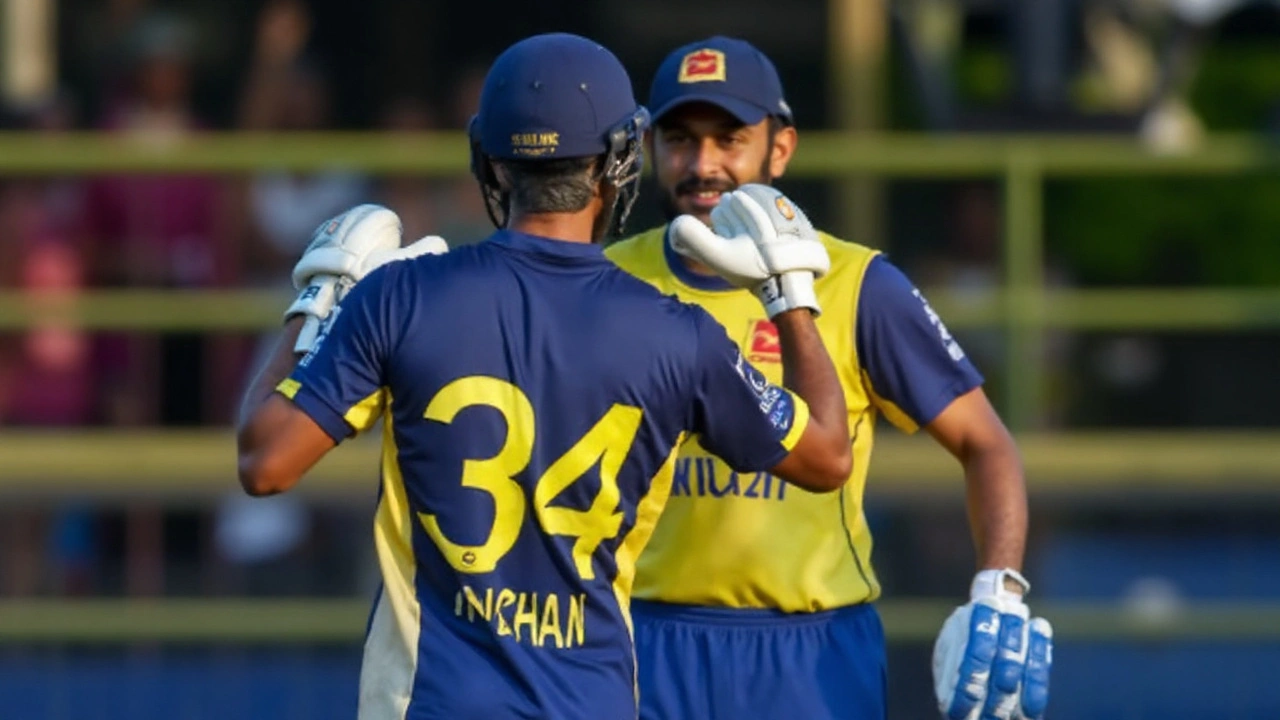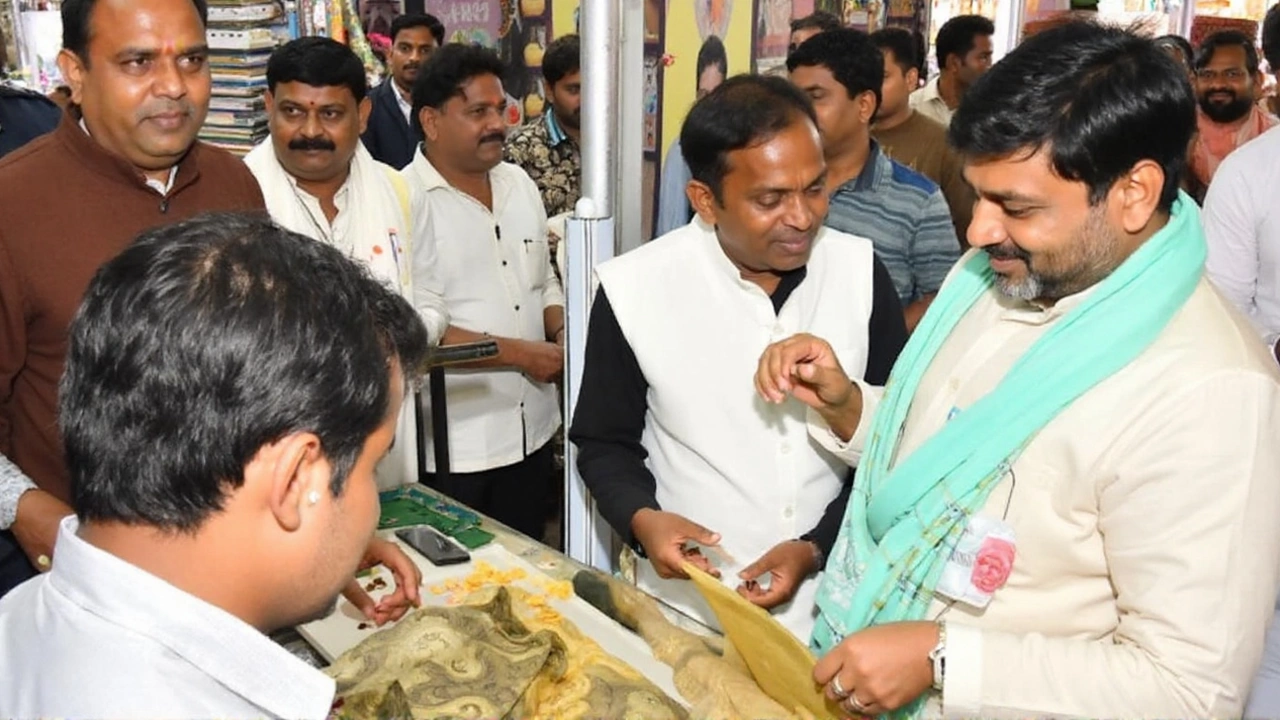September 2025 Highlights: Sports Wins & Gender Debate
September brought two very different stories that caught a lot of attention. One was a thrilling cricket match in Sri Lanka, and the other sparked a heated conversation about gender bias in India. Both events show how sport and culture can shape the way we think about women’s roles, opportunities, and rights. Below you’ll find the main takeaways and why they matter for anyone following gender issues.
Cricket Victory: Sri Lanka vs Zimbabwe
On the first day of the T20 series, Sri Lanka edged out Zimbabwe by four wickets. Pathum Nissanka’s steady half‑century set the tone, while Kamindu Mendis broke the partnership at a crucial moment. The win gave the home side a comfortable lead heading into the second game, and the crowd could feel the momentum shift. For women who love cricket, the match showcased how a balanced partnership and smart play can turn a tight chase into a win. It also reminded us that support for women’s cricket grows when men’s games receive widespread coverage and analysis.
What’s useful for readers? If you’re looking to follow the series, keep an eye on the middle order – they often decide the outcome in short formats. Also, note how the pitch behaved: it favored players who could rotate the strike and stay patient, a tactic that works in women’s T20 leagues too. The match’s key moment was a late‑over partnership that sealed the chase, proving that composure under pressure is a universal skill.
Gender Talk: Indore’s Surpanakha Dahan Protest
In Indore, a men’s rights group announced a plan to burn an 11‑headed Surpanakha effigy during Dussehra. Each head was meant to represent a woman accused of serious crimes. The stunt set off a firestorm of debate about gender bias, the presumption of innocence, and the politicisation of religious festivals. Critics warned the display could fuel hatred, while organisers claimed it was a spotlight on alleged female misconduct.
Why should you care? The protest highlights how cultural symbols are being used to wage gender battles in the public sphere. It also shows the thin line between raising concerns and reinforcing stereotypes. For anyone interested in gender equity, the incident is a reminder to question whose voices are amplified and whose stories get reduced to headlines.
Practical takeaways: when you see a headline about a protest or a sports win, think about the broader context. In sports, ask how female athletes are covered compared to their male counterparts. In social debates, look for the facts behind the symbolism and consider the impact on real people’s lives. EmpowerHer Hub encourages you to dig deeper, ask questions, and join the conversation.
September’s two stories may seem unrelated, but they both point to the power of narrative in shaping public opinion about women. Whether you’re cheering for a cricket hero or critiquing a controversial protest, your perspective matters. Keep following EmpowerHer Hub for more analysis, community discussions, and resources that help you stay informed and inspired.
Sri Lanka clinches 4‑wicket win over Zimbabwe in opening T20I
- Sports
- 0


